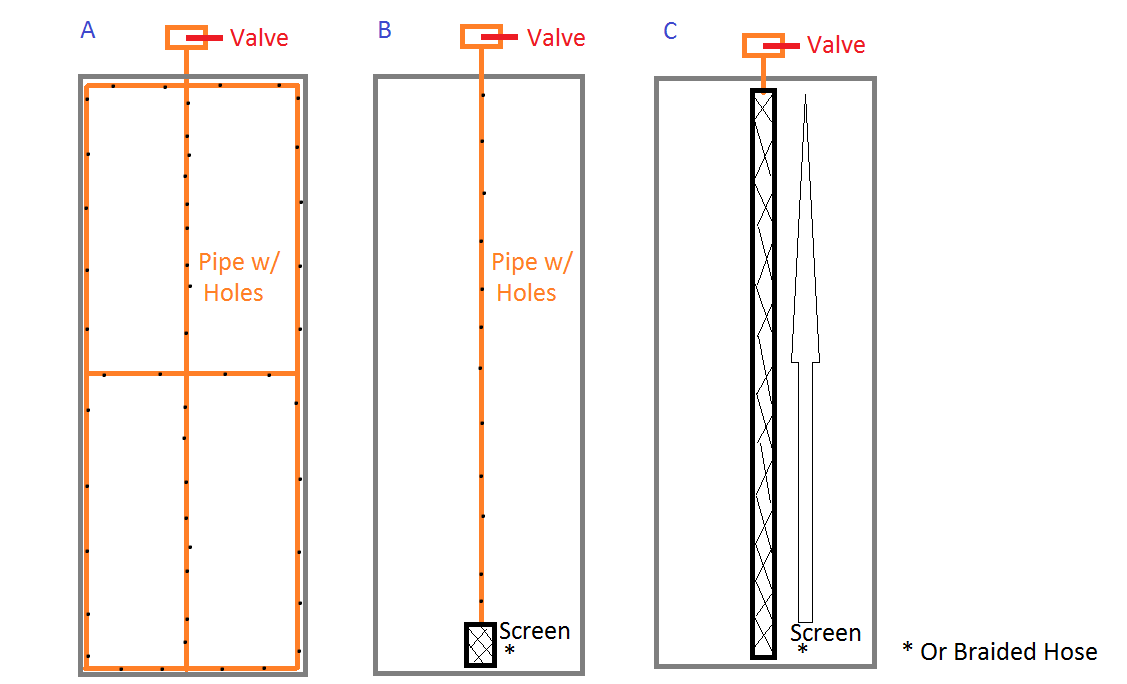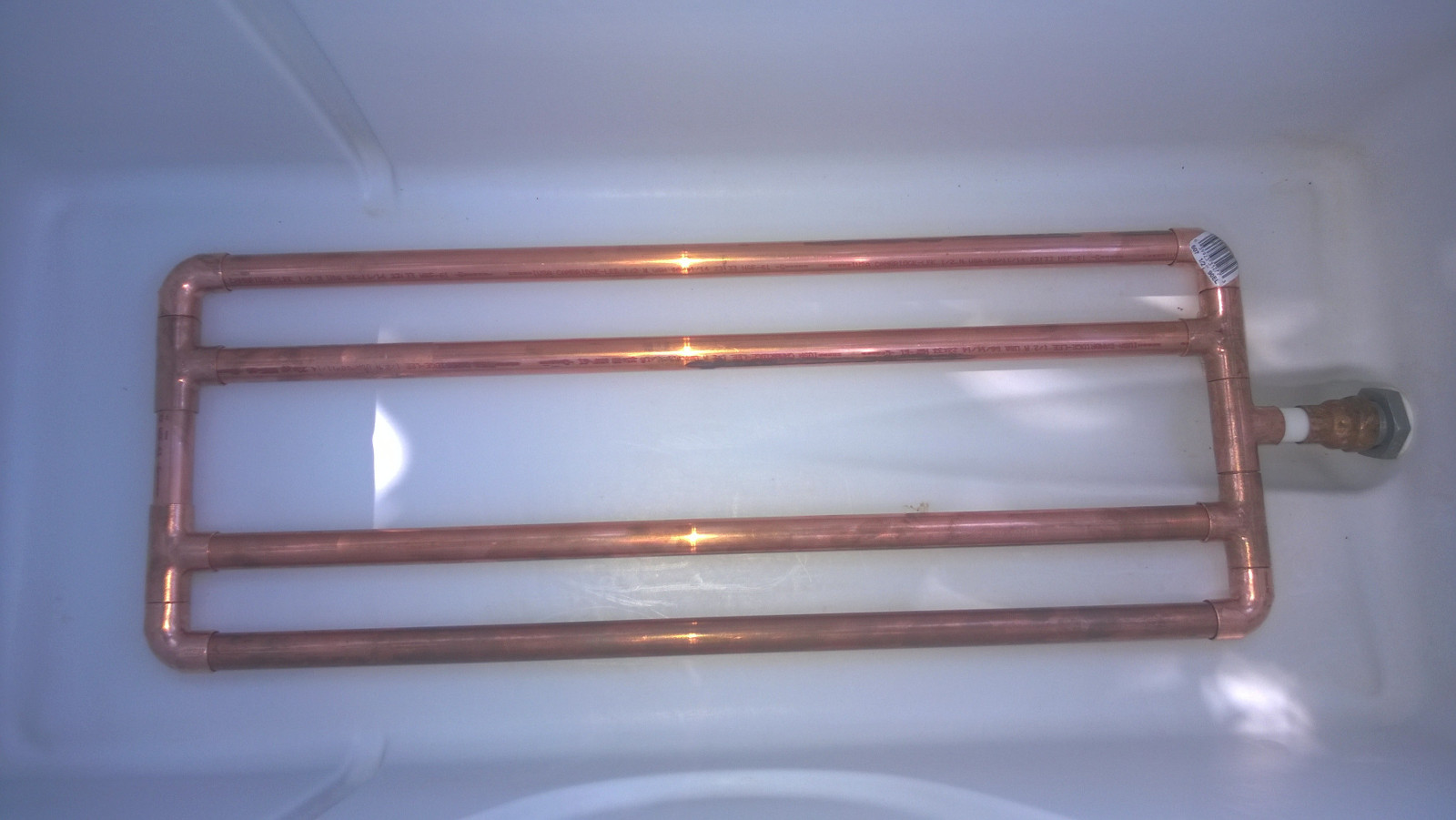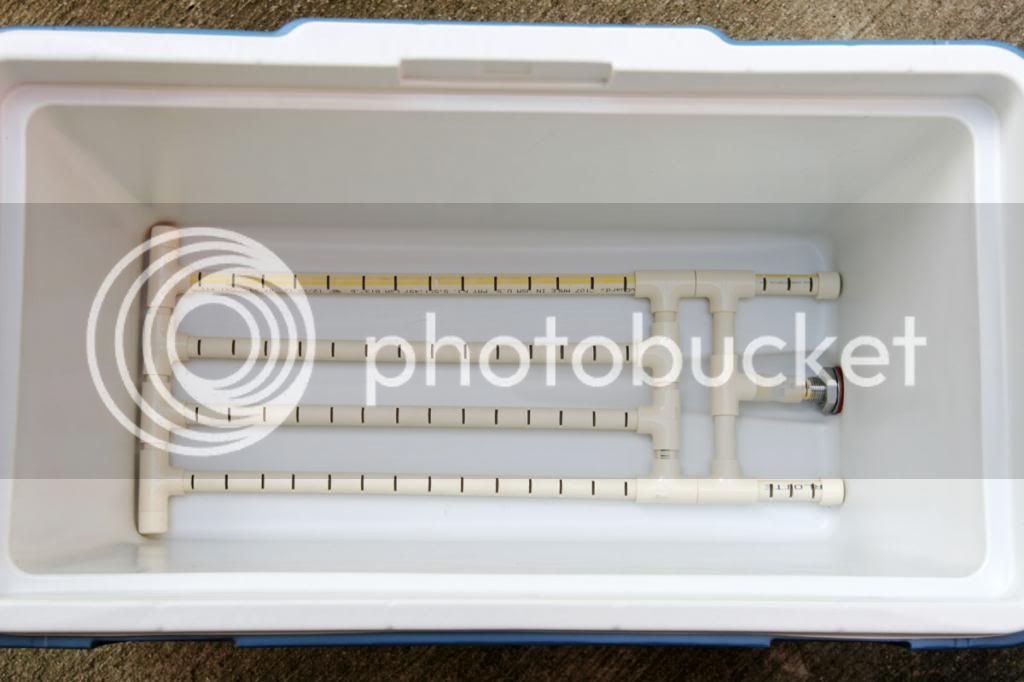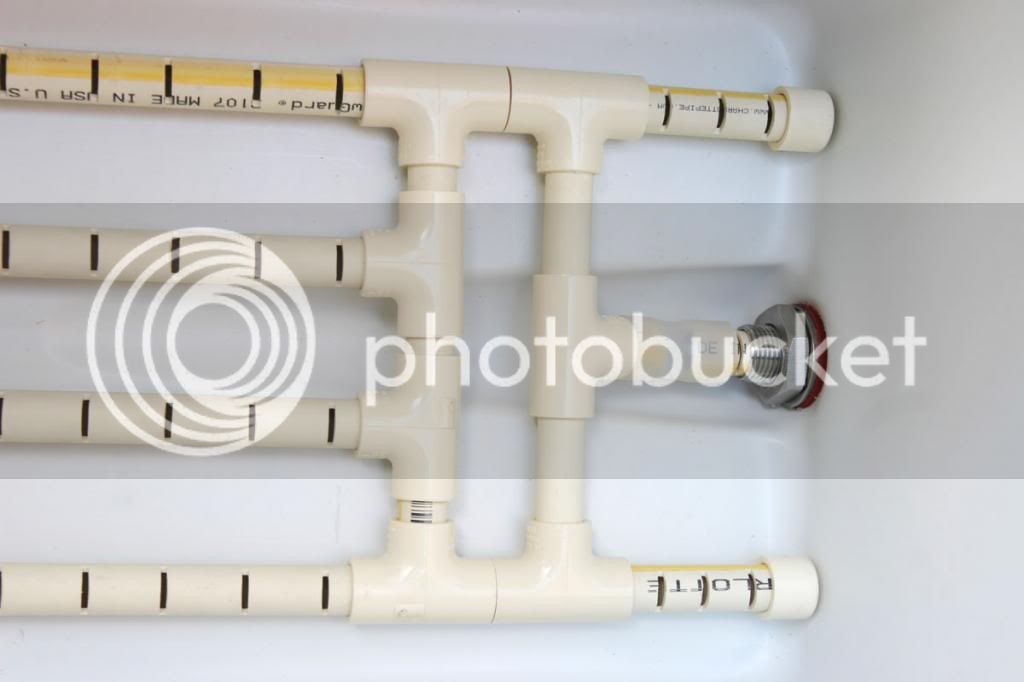Sparging twice only makes sense. But make sure to keep that pH in check, particularly on the 2nd sparge, as most wort has been drained already, and depending on the alkalinity of the water, it can buffer out whatever acidity was left in no time. That's where a few ml of your new pint of phosphoric acid comes in, in diluted form that is.
After good stirring I let the sparge settle out for a few minutes. 1-2 max, we need to get brewing.
That's a really fancy set of gauges for a brewer. :rockin:
Make sure that drill is unplugged when gauging that gap. Is that a Monster Mill you have? running at around 150 rpm? A 0.035" gap should work fine, but try a bit finer and see what happens. The knurl also plays a role as does grain conditioning. I conditioned only once and it was not convincingly better. The smaller grains (wheat, rye, etc.) need a narrower gap or they'll drop through uncrushed. Take a look at your crush for fineness, the amount of powder and whole kernels. I'd take some powder over kernels in the mash, any day. Those BIAB guys do go mighty fine and their efficiency is highest, but they have a large safety net.
Dude, I don't need no stinkin' drill! I have built this contraption from a garage door opener:

I actually use Bru N water for my water since I'm building it all from RO... I'll crank down that gap since I have plenty of rice hulls to fluff up the mash








